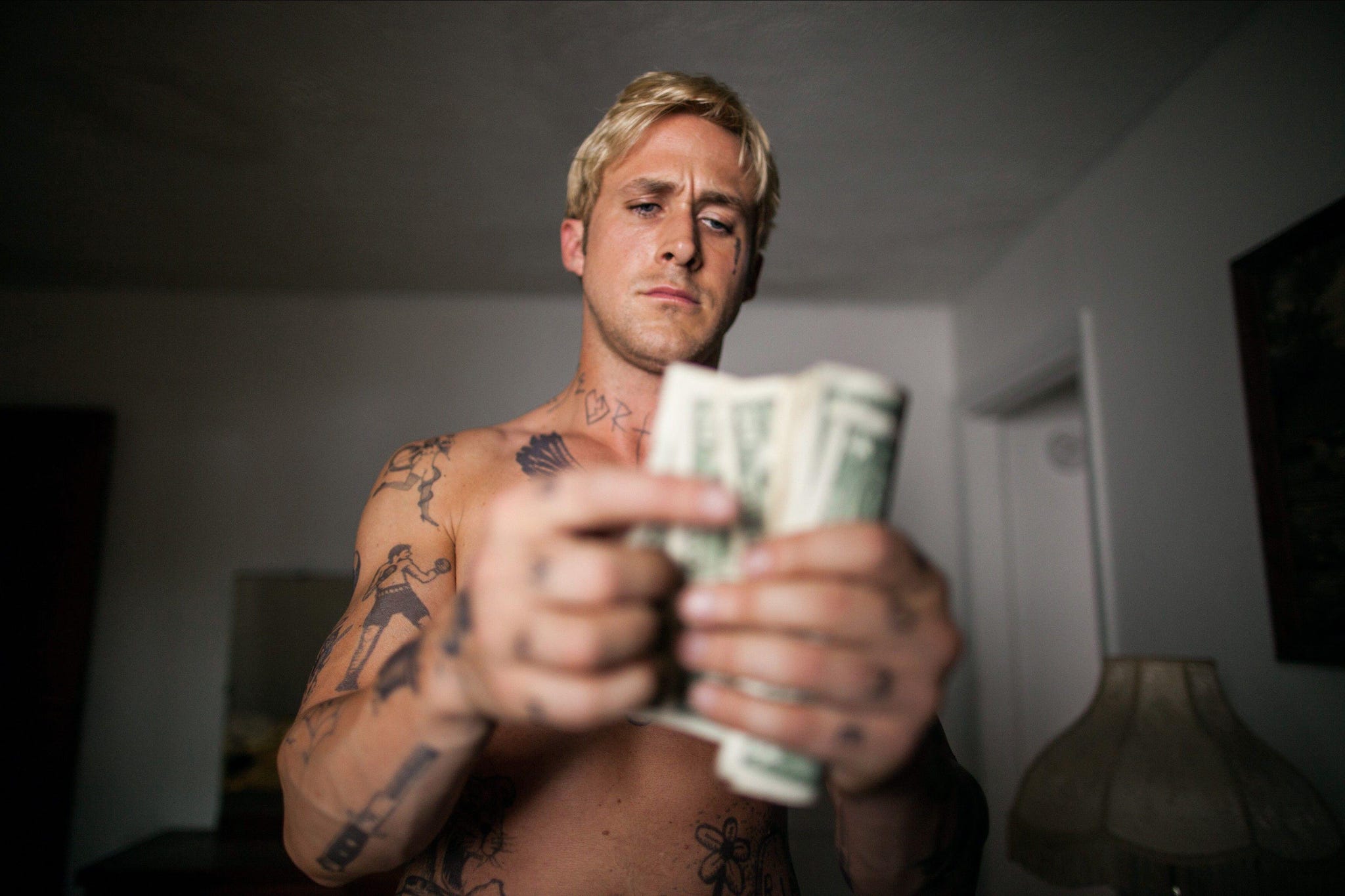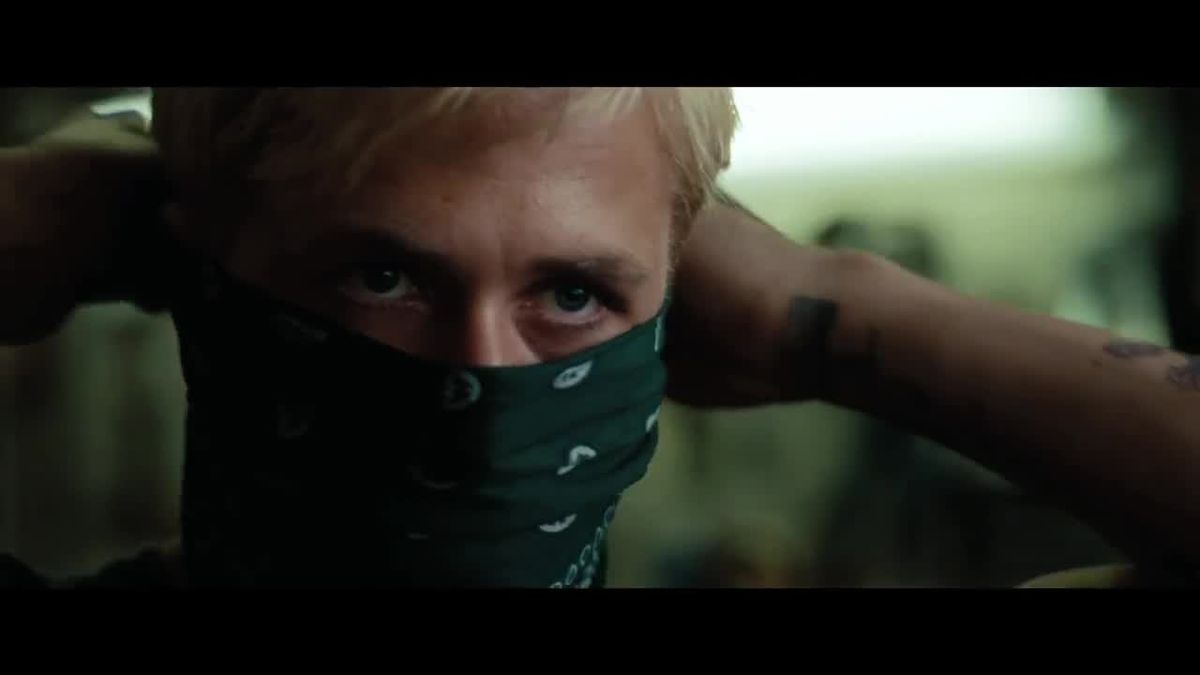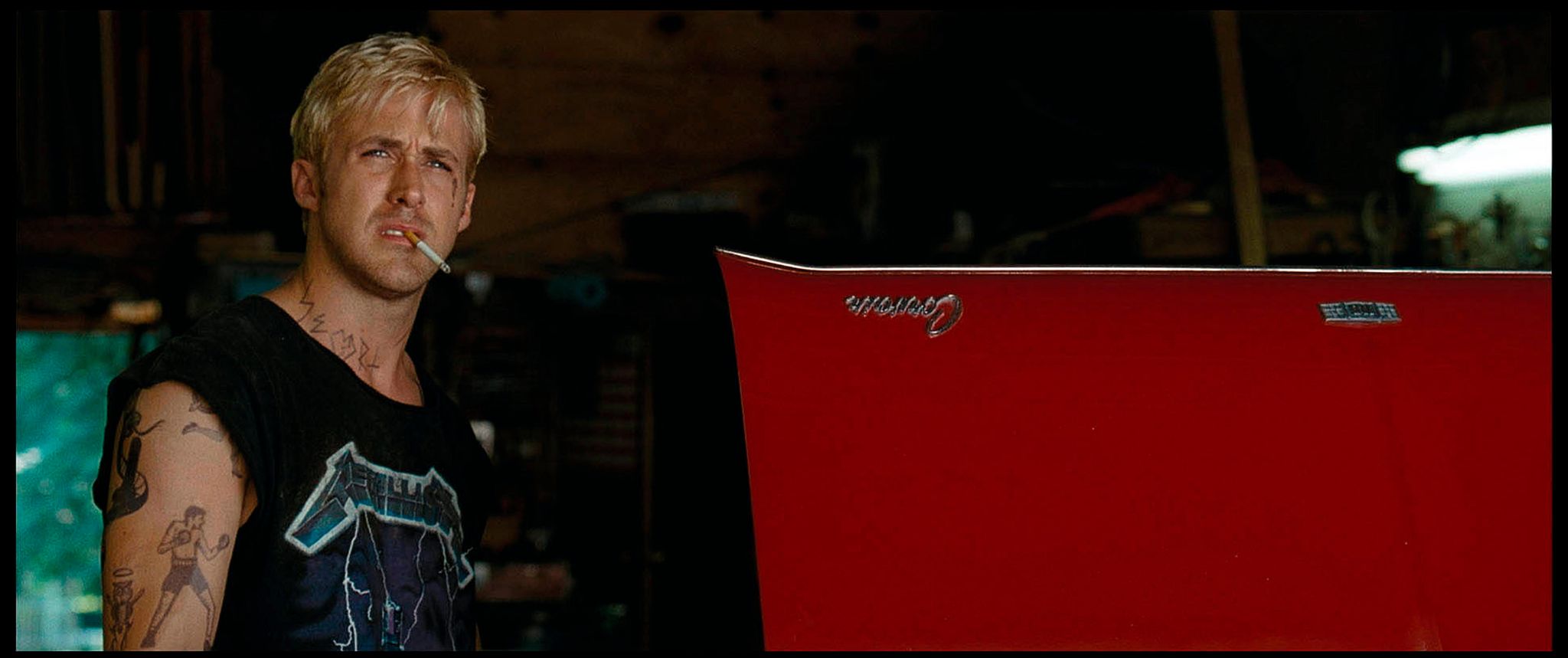At the start of the 2010s, a film emerged that changed everything. In it, Ryan Gosling stars as a prodigious stunt driver and laconic loner who, as the circumstances of life conspire against him, must turn his particular skillset to crime. The job? Bank robberies. The beneficiary? A struggling young mother. Set against a fuzzy soundtrack of Eighties-inspired synths, the role cemented Gosling’s A-list status. This film is Drive (2011) and it is not the film we’re here to talk about today.
Released two years later, Derek Cianfrance’s The Place Beyond The Pines is a slower, more subtle riff on some of these same notes. It once again sees Gosling as a stunt driver (motorbikes, this time) forced to turn to crime. Instead of L.A., we’re in Schenectady, New York. But, while the film’s impact may not have matched that of its predecessor, Gosling’s performance is far superior, and remains one of his best.
The character traits of his Drive role – aptly named, The Driver – include wearing a scorpion-embossed jacket and taking an impossibly long time to answer the question of whether or not he’d like a glass of water, but in Pines, Gosling’s motorcyclist is a fully-fleshed out person. This time, Gosling is allowed to actually speak. And laugh! And even, if you can believe it, cry.
Cool is a tricky concept to pin down, but consider the opening minute: a shirtless Gosling practices tricks with a butterfly knife. Our man’s tatted up, his hair is bleached out, he’s ripped to shit and you best believe he’s not bothered about nicking his fingers. He walks through a fairground, donning first a cut-off Metallica tee, then a red leather jacket. Next he climbs onto a dirt bike, leads two other riders into a globe-shaped cage and starts riding round and round and round at eye-watering speeds. It’s an aesthetic verging on the cliche. Another actor might have hammed it up and made it so. But because Gosling knows how to hold back, we believe this is the skin he lives in, rather than an affectation. (Reportedly, Gosling thought the eye-tat was too much but the director told him that just like his character, he was stuck with it). Now that’s how you do quiet and brooding.
If you haven’t seen Pines, it’s a multi-generational crime caper, telling the story of two intertwined men and their sons. Arguably, each subsequent section offers diminishing returns. Bradley Cooper’s ambitious cop/politician is the role Cooper was born to play but holds slim excitement. The drug-dropping high school sons struggling to deal with their father’s legacies is proto-Euphoria. It is the first section where the film really shines, and where Gosling does some of the best work of his career.
Back in town with the carnival, his character Luke Glanton discovers a woman he had a relationship with the previous year (real-life wife Eva Mendes, on fantastic form) has given birth to his son. Glanton is boxed out by his kid’s stepdad. We expect him to dip, but Glanton decides to stick around. In a beautiful middle-distance shot from cinematographer Sean Bobbitt (Widows, Judas And The Black Messiah), Glanton stands at the back of the church while another man holds his son during his baptism. Glanton shakes, rage turning to tears.
A scrapyard/garage owner, played by Ben Mendelsohn, suggests that Glanton needs to use his skill set to provide for his family. Mendelsohn gives him the bank robbing 101 speech: don’t make a show, quietly find the oldest teller and have her put the money on the table. But like Bradley Cooper’s cop in the next part, Gosling’s bank robber finds power is corruptive, and addicting. He leaps onto the counter, waving the gun in the air. He screams, his voice breaking. He grabs a young teller by the tie and makes him walk about like a dog. Later, he hits Mahershala Ali around the head with a wrench for no good reason. You don’t get that in La La Land.
Gosling has done subtle and heart-wrenching in Half Nelson and Blue Valentine. He’s done cool (to death) in Drive and he’s done the heartthrob numerous times. But he’s rarely used all of this in one place to portray someone who occupies such a moral grey area. Try not to crack a smile as he dances with the dog after the first heist. Try not to shed a tear when he takes his infant son out for ice cream then poses for a family photo.
At first there’s nothing we want more than for Glanton to succeed. Then, slowly, the scales fall from our eyes. For all of his Tumblr skate rat aesthetic, Glanton is exactly what we don’t want him to be: a real life bad guy with no shot at redemption. A guy fucked over by his own choices, who continues to steer himself directly towards a violent end. As Mendelsohn’s character warns: “You ride like lightning, you’re gonna crash like thunder.”
It’s a beautiful, restrained, frustrated display that lasts just a third of the film yet manages to overshadow everything that comes next. From Mendelsohn to Mendes and a Copland-adjacent Ray Liotta, this is a film of powerful performances, just none of them as good as Gosling. Then again, arguably even Gosling himself has never been quite this good since.














